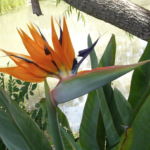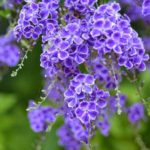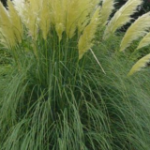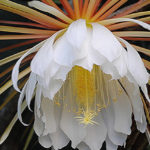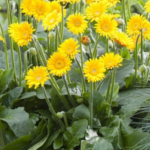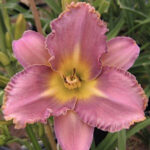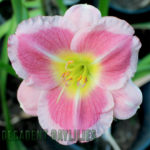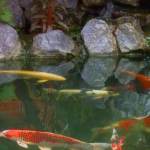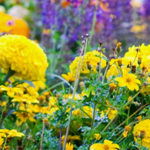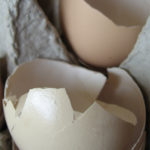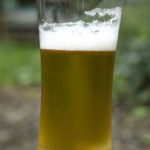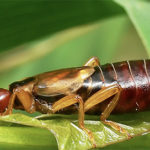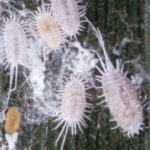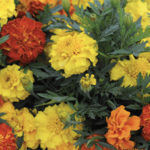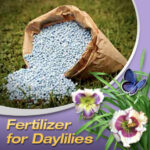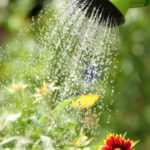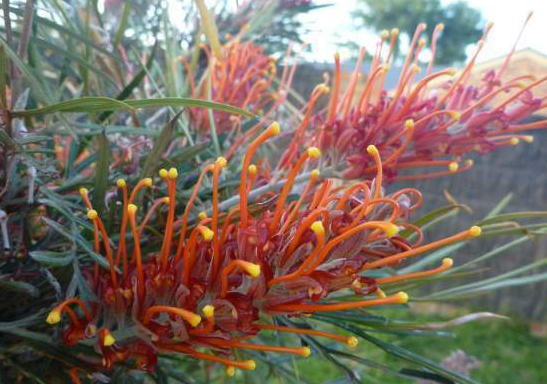
Grevilleas Australian Natives Plants
Grevilleas Popular Growing Australian Native Plants
 Grevilleas or spider flowers occur in different species and grows in a wide range of habitats in the Australian region. The different species of this evergreen plant vary from shrubs to trees. The plants of this species have needle like foliage. The genus is named after Charles Fancies Greville, the founder of the Royal Society for Horticulture. This plant produces flowers throughout summer, autumn, spring and winter. The pinnate leaves are usually arranged around the stems in whorls.
Grevilleas or spider flowers occur in different species and grows in a wide range of habitats in the Australian region. The different species of this evergreen plant vary from shrubs to trees. The plants of this species have needle like foliage. The genus is named after Charles Fancies Greville, the founder of the Royal Society for Horticulture. This plant produces flowers throughout summer, autumn, spring and winter. The pinnate leaves are usually arranged around the stems in whorls.
Flower Description
The plant produces beautiful, distinctive flowers which are petal less on the end of the branches. The flowers are produced in 3 different forms such as spider-like, toothbrush like and large brush like flower. The flowers just have a calyx tube, which is split into four lobes. The flowers usually have red, orange or yellow shades and have long styles. They make good screening plants while the flowers produce sweet nectar which attracts the birds. The cold–tolerant varieties of Grevillea have smaller flowers.
Grevillea Not Flowering
Grevilleas do not flower when planted in shady areas or in a heavy clay soil. It needs moderate sunlight and well drained soil. You need to use low phosphorus fertiliser for native plants as Grevilleas grow and flower well when they are in low phosphorus soil. Tip prune before planting the Grevilleas this will encourage the plant to produce branches and more flowers.
Fertiliser for Grevilleas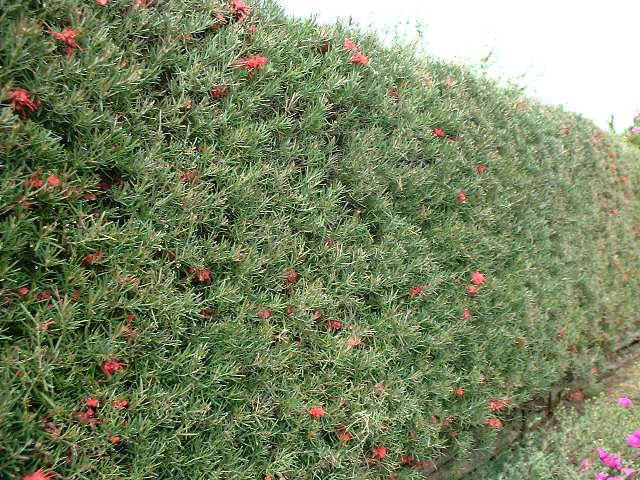
Care should be taken while fertilising this plant as they are highly sensitive to the phosphorus content in the soil. The high amount of phosphorus in the fertiliser can cause the death of the plant. Select organic fertilisers which have less than 2% phosphorus in it. Use ones that are clearly indicated on the label as safe for native plants of Australia.
Watering Grevilleas – After planting grevilleas, you need to water the plant regularly until it gets established. You can reduce the amount of water once the plant is established. During hot or dry conditions, you need to water them at least twice a week.
Growing Grevillea From Seed – If you want to grow Grevillea from seeds, you need to use fresh seeds so that you can ensure that the seeds will germinate and produce healthy plants. Germination of seeds can be made faster by removing the seed coat using sharp easy penetration of moisture. It should be done without damaging the embryo. Individual seeds can be placed between the layers of moist and sterilised cotton wool. As soon as the radical comes out, transfer the seeds to sterilised soil mix and place it in well-lit areas and away from direct sun. The best time to do propagation from seeds is during spring and late summer.
Grevillea Care – They should be grown in moderately to well-lit areas to improve blooming. Choose special fertilisers which have low phosphorous content. Keep the plants pruned after flowering to produce new and healthy branches and flowers. In areas with heavy clay soil, plant them in raised beds and use anti-rot to prevent the problem of rotting of the root.
Pruning Tips – Grevilleas are best pruned in the spring time after spring flowering, to neaten up the bushes, this needs to be done regularly to keep them performing well. If you get the time you can tip prune grevilleas during spring to late summer, after a while this will make the shrub a great screening plant, with regular pruning can be made into a hedge.
Grevillea Ground Cover – The varieties which grow as prostrate shrubs are excellent as ground cover. It is well suited for dry and exposed edges and other sunny areas in the garden. If grown in pots use a potting soil that is happy to natives.


